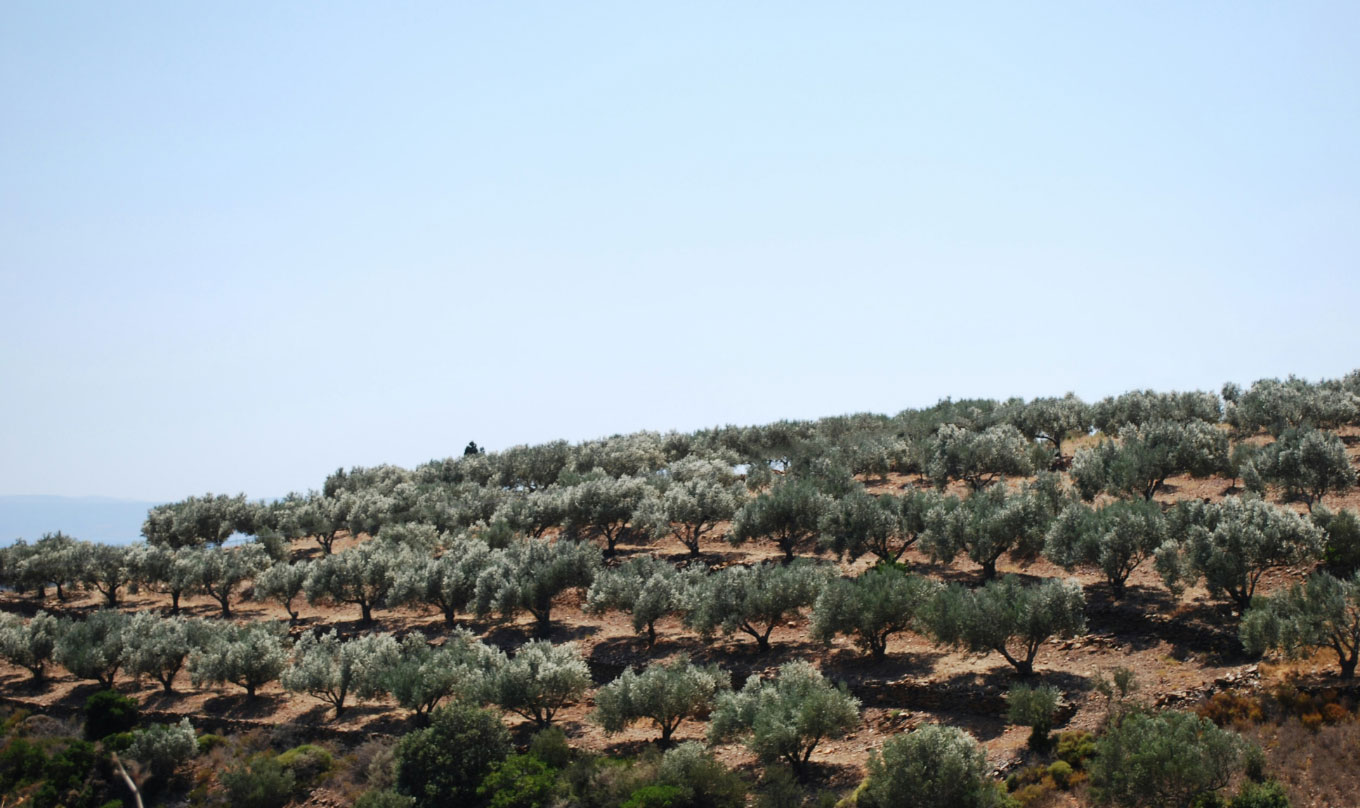 04.06.24
04.06.24
Tips For Buying Olive Oil
Learn how to choose the best olive oil with tips on category, extraction methods, origin, and storage practices to preserve its quality and flavor.
read moreTo properly categorize an olive oil, it has to go through a chemical analysis to determine the value of several parameters and at the same time, an organoleptic analysis to validate the category statement. So, olive oil products are divided into three major categories:
A) Virgin Olive Oils
B) Refined Olive Oils
C) Olive pomace oils.
-A-
Virgin olive oil is produced solely by extracting the oil from the olives by using mechanical means. Essentially, it is the juice of the fruit of the olive tree. This category requires an organoleptic analysis to prove the category statement.
There are four categories of virgin olive oil:
| Name | Acidity* | Notes |
| Extra Virgin Olive Oil | < 0,8 | Highest quality category available. Must have a pleasant fruity aroma and no taste defect. |
| Virgin Olive Oil | < 2,0 | Mostly available in Mediterranean countries |
| Ordinary Virgin
Olive Oil |
< 3,3 | It may only be sold directly to the consumer if permitted in the country of retail sale. If not permitted, the designation of this product shall comply with the legal provisions of the country concerned. |
| Lampante Olive Oil | > 2,0 | Not suitable for food consumption. Undergoes refining |
-B-
Refined olive oil is produced by processing lampante olive oil with chemical and physical filters but without changing the initial glyceridic structure. They can be blended with virgin oils, but not the opposite. There are two types of refined olive oils:
| Name | Acidity* | Notes |
| Refined Olive Oil | < 0,3 | Obtained by refining Lampante Virgin Olive Oil |
| Olive Oil | < 1,0 | Obtained by blending Refined Olive Oil and Virgin olive Oil |
The refining processes are:
Olive oil is processed with a NaOH solution, which will form some kind of soap with the free fatty acids. Then, the mixture will undergo washing to clean solid parts and achieve a deacidified oil.
The oxidized substances of present in lampante olive oils are removed by filtering the oil through activated charcoal or other similar bleaching agents. The oil gets a yellow colour which reminds many cheap vegetable oils.
To remove unpleasant odors, the oil is processed by going through high temperatures and through a vacuum. The outcome is an odorless oil.
-C-
Olive pomace oil is the oil obtained by treating olive pomace with solvents or other physical treatments, to the exclusion of oils obtained by re-esterification processes and of any mixture with oils of other kinds. Olive pomace oil cannot be sold with the designation or definition “olive oil”, because it is a product of a by-product of the extraction process.
Olive pomace, or the solid by-product of the extraction, still contains a minimal quantity of oil. Olive mills cannot extract it, so the pomace goes to specialized plants for processing. During this process, the pomace will be dried with hexane so that all liquids are separated from the solids. Finally, hexane and liquids will be separated to obtain crude olive pomace oil.
There are three types of olive pomace oils:
| Name | Acidity* | Notes |
| Crude Olive
Pomace Oil |
– | Original product of this refining process. Not commercially available. |
| Refined Olive
Pomace Oil |
< 0,3 | It may only be sold directly to the consumer if permitted in the country of retail sale. |
| Olive Pomace Oil | < 1,0 | Obtained by blending Refined Olive Pomace Oil and Virgin olive Oils. |
(*) Acidity is the basic parameter for the categorization of olive oils. However, there are many chemical tests required to be within certain limits for each category.
Sources:
 04.06.24
04.06.24
Learn how to choose the best olive oil with tips on category, extraction methods, origin, and storage practices to preserve its quality and flavor.
read more 06.06.24
06.06.24
Discover the health benefits and dietary principles of the Mediterranean diet, emphasizing olive oil as a key component for longevity and cardiovascular health.
read more